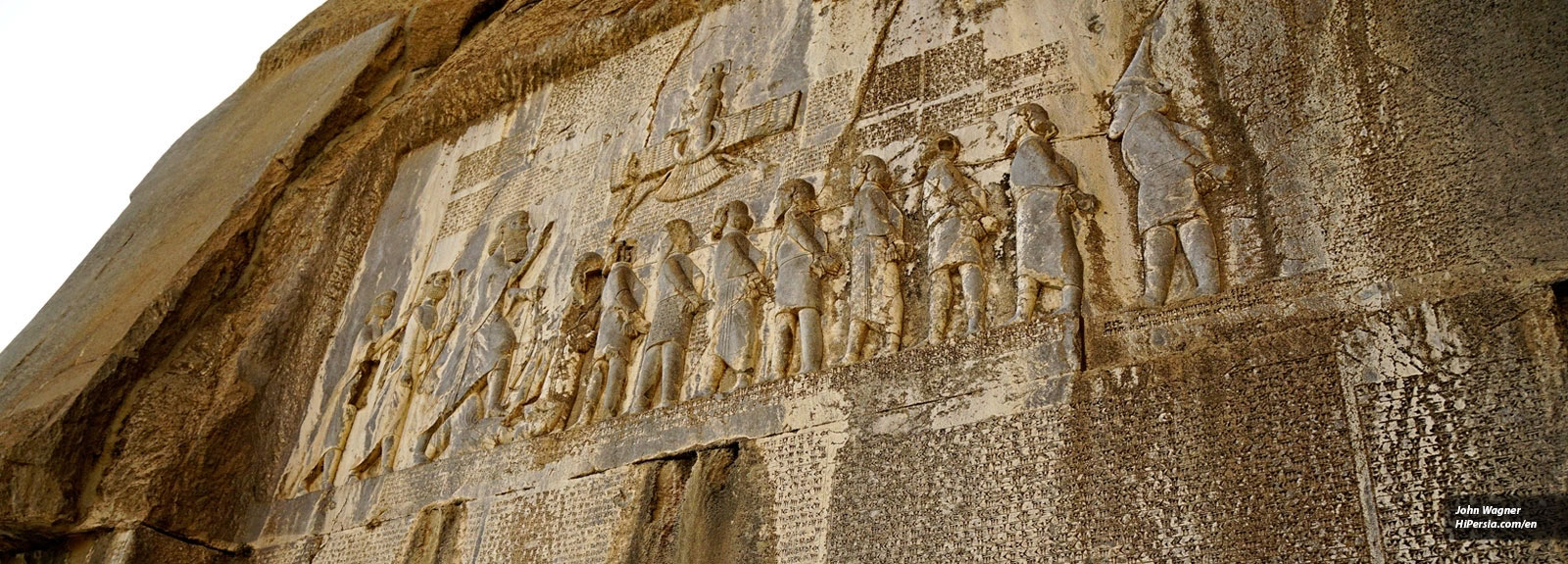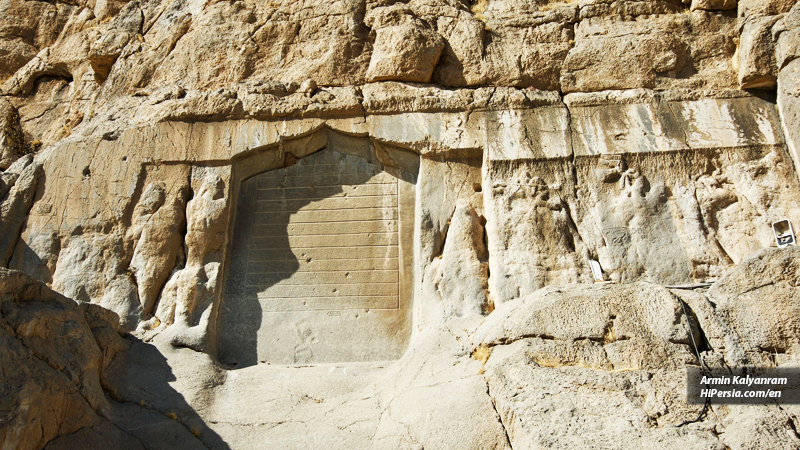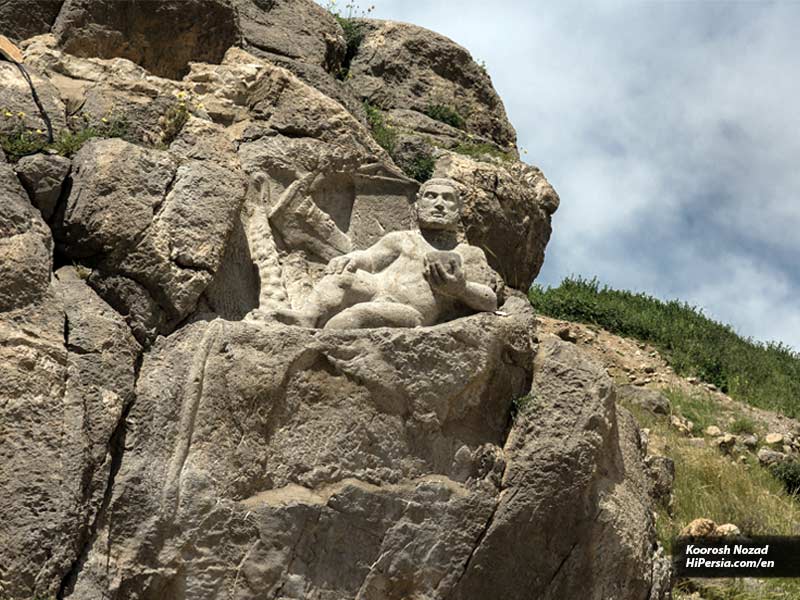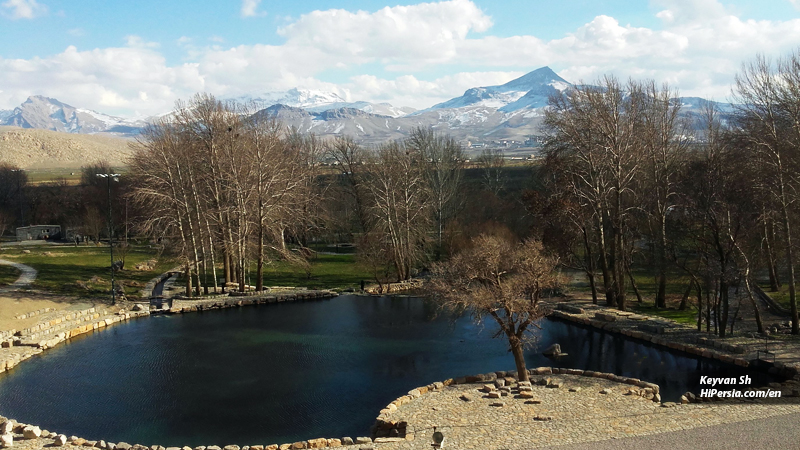



There is one of the most valuable historical inscriptions in Iran located on the slopes of sacred mount of Behistun in Kermanshah. This inscription belongs to Darius the Great, the powerful Achaemenid king.
The Behistun World Heritage Site is one of the most important and valuable archaeological sites in Iran and even in the world. This archaeological site is located in the eastern parts of Kermanshah province, with an area of 15 kilometers. Behistun World Heritage Site is one of the top historical landmarks in the world that was listed in UNESCO's World Heritage List in 2005.
There are over 20 valuable monuments from the pre-Islamic period to the Islamic era inside this world heritage site. Behistun Inscription, Statue of Hercules, Farhad Tarash, Incomplete Sassanid Palace, Safavid Caravansary, and Bisitun Cave are the most remarkable monuments of this archaeological site. Perhaps the reason for the accumulation of so many monuments from various historical periods in one place is the high sanctity that Mount Behistun has had among our ancestors for many years.
Behistun Inscription is one of the most authentic historical documents in the world. This inscription narrates the story of Darius the Great's victory over Gaumata magus. Gautama was the name of a Magi (Zoroastrian clergyman) who, according to the Behistun Inscription, pretended to be the son of Cyrus the Great, Bardia (Smerdis), and rebelled against the Achaemenid empire.

The bas-relief of Darius the Great was carved at a height of 100 meters above the ground on the rocks of Mount Behistun. This inscription is two meters long and two and a half meters wide. In the vicinity of this inscription, the bas-relief of Darius the Great was carved at a height of 1.5 meters. In this bas-relief, Darius the Great is dressed in a magnificent Persian dress and has a crown. He puts his left foot on the chest of the Geumat Magus to signify his power and authority, while the Geomat is begging. Nine captives are bound by ropes in front of Darius the Great as well. These captives are those who falsely called themselves the King after the death of Bardia and staged a rebellion.
At the top of this inscription and bas-relief, the bas-relief of Ahura Mazda, the creator and highest deity of Zoroastrianism, can be seen. This bas-relief shows the great monotheism of Darius the Great.
According to Behistun's writings, people rebelled after fake Berdia's death. Darius succeeded in suppressing the rebellion and retaking the empire within a year and a few months. Darius the Great intended to tell the world about the difficulties he had on the way to taking back the power from enemies. For this purpose, he ordered to carve an inscription on Mount Behistun that future people would be made aware of the king's hardships and courage.
This relief and its inscription were carved on the south slope of Mount Behistun. Near the inscription, there are staircase traces that appear to have been used by the workers to climb up and reach the site. Of course, after the work was completed, the workers destroyed the staircase so that no one could reach the inscription.
Inside and around the Behistun site, there are reliefs, inscriptions, and sculptures and we will introduce to you the most important of them.



This caravansary was built on the Kermanshah-Hamedan old road and opposite Farhad trash. This caravansary is based on the Safavid caravansaries. According to the inscription on the head of the building, Shaykh Ali Khan Zanganeh completed the construction during the reign of King Suleiman Safavid. Today, this caravansary has become a five-star hotel.

In the past, the headwater of Behistun (Sarab Behistun) was one of the most significant residences used by several convoys when crossing this area. This headwater and the surrounding environmental and natural conditions have been one of the main reasons why humans remained in this land from the Paleolithic to the present. One branch of this water flows into the Shah Abbasi Caravansary, and the main branch flows into the Gamasiab River, also known as the Sohrab Creek.

Behistun is located in 30 km from Kermanshah city. To reach site of Behistun, you must reach the Kermanshah city and then move to northeast.






“Oh! Squander not this breath that Heaven hath lent thee, Nor make too sure another breath to borrow!’” Khayam